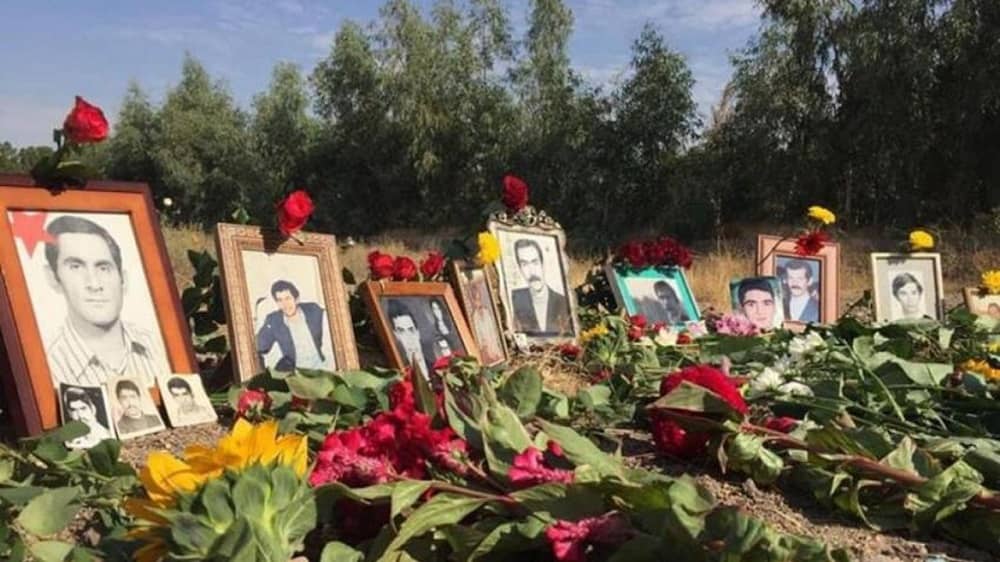
Iran’s history has been marred by a clerical dictatorship known for its deceit and attempts to rationalize heinous actions. Among its darkest chapters is the summer of 1988, when thousands of political prisoners lost their lives in a massacre. State officials, rather than owning up to their roles, try to downplay or deny involvement in what human rights experts consider a “genocide.”
However, their fear is not solely about international accountability; it’s primarily driven by their apprehension of the Iranian people’s outrage.
The impact of the 1988 massacre on families and friends of the victims has turned it into a nationwide concern, sparking demands for answers regarding tens of thousands of Iranians’ fate across the country.
In a revealing interview with the state-run Etemadonline, Javad Muguee, a documentary director with close ties to the regime’s intelligence community, stated that the 2017 presidential election heavily focused on the 1988 executions.
This sentiment was corroborated by the state-run Rajanews on August 1, 2020, noting that during the 2017 presidential elections, Ayatollah Raisi’s opponents, aided by foreign media, questioned his handling of the MEK issue and the 1988 executions. Even Hassan Rouhani indirectly referred to Ayatollah Raisi during his campaign, emphasizing that the people do not desire leaders known for their association with prisons and executions.
To rationalize the 1988 massacre, state officials and leaders claimed that the executions of MEK members were in response to prison rebellions, alleging their coordination with the National Liberation Army (NLA) during the “Eternal Light” military offensive. However, survivor testimonies contradict this narrative. There is no credible evidence supporting the regime’s claims of widespread prison disturbances.
The deception in the regime’s justifications becomes apparent when we examine the source of the massacre. The fatwa issued by Supreme Leader Rouhollah Khomeini, who presented himself as a religious figure, does not mention any prison disturbances or unrest as a justification for the mass extermination of a political belief across the nation. Instead, it accuses the MEK of various activities, without any connection to the alleged prison rebellion.
The survivors of the 1988 massacre shed light on the regime’s premeditated planning. Several months before the executions, prisoners were systematically categorized and segregated based on their political affiliations, aligning with Khomeini’s fatwa calling for the execution of MEK supporters.
The Iranian opposition army, NLA, had dealt significant blows to the regime’s forces before the massacre. Faced with inevitable defeat or personal humiliation, Khomeini chose to annihilate those he perceived as the greatest threat to his regime’s survival—the MEK.
Despite three decades of deception by the regime, the taboo of the 1988 massacre has been shattered, and justice seekers continue to demand accountability for this heinous crime. New generations carry on the legacy of those who fought for freedom, showing resilience against a brutal regime that has already been defeated by the will of successive generations of Iranians.